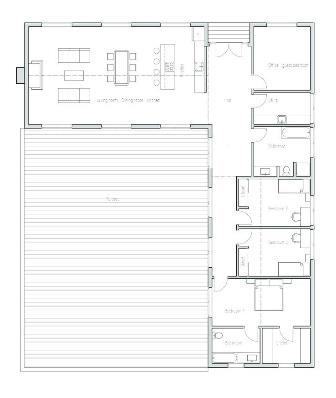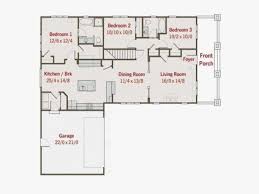There are different L-Shaped houses according to Feng Shui theory and different ways to grid them out for their respective eight directional zones. The true L-shaped house has two long wings connected at a right angle. That connective area, like an elbow of an arm, can hold a lot of stress and affect the occupants in that way.

There are less extreme L-shaped houses, such as those which are basically a rectangular shape, with an extension on one end. It is important to identify those house types correctly because they really may not have the maligned reputation as the true L-shaped house.
What is the extension on the moderate L-shaped house?
It is important to find out if the extension part is original to the house or an addition.
It is important to know how much square footage the extension has in comparison to the main section of the house. If the extension is not the same length or width of the rest of the house, then it might not really be the L-shaped house.
It is important to know if the extension part is wide open to the main house it is connected to or if it is sealed off and separate or only connected by a regular 3 foot wide door. For example, an extension might be a den that has a completely open wall, connected to a living room or kitchen. Conversely, the extension might be a master bedroom that is only connected by a “man door.”
An extension might also be separate guest quarters, which have their own gridding.
An extension might also be a garage with an opening directly to the house or sealed off so that occupants have to leave the garage after parking and enter the house through another exterior door. If it is only a garage that creates the extension, that is not truly the L-shaped house.

All of these variables are vital to understand before attempting to grid out the L-shaped house as one space or two.
For the “true” L-shaped house, which resembles two connected sides of a square, it is possible to have two separate grids for each wing of the house. At that point, you have to assess the connecting “elbow” area in order to determine whether that section of the house is part of one wing or the other. For the first floor plan example in this article, we see an L shaped house where the living room and kitchen are in one wing and the bedrooms in another wing. And that is how you would grid out the house into two directional grids, separating the grouping of “yin” and “yang” living spaces.
With the more moderate L-shaped house, the extension may in fact be just that: an extension of the directional zone it is attached to.
Author: Kartar Diamond
Company: Feng Shui Solutions ®
From the On-Line School Newsletter Blog
